Rebuilding a School Community with Maker Learning
Digital Promise
JUNE 12, 2019
Beginning in 2007, the district’s financial situation and declining enrollment were impeding its ability to equitably serve the student population. Today, step into any of Duquesne Elementary’s shared learning spaces and you will see students immersed in hands-on design work. In 2012, students in Grades 7-8 followed suit.


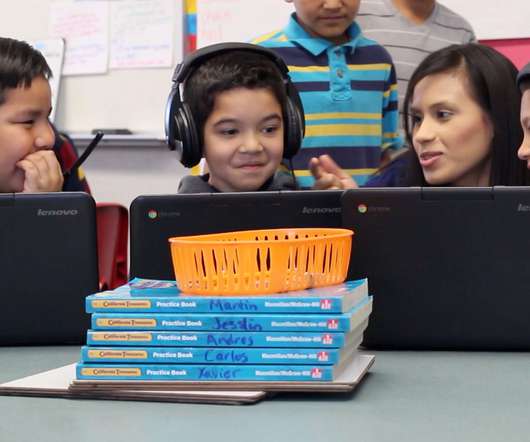


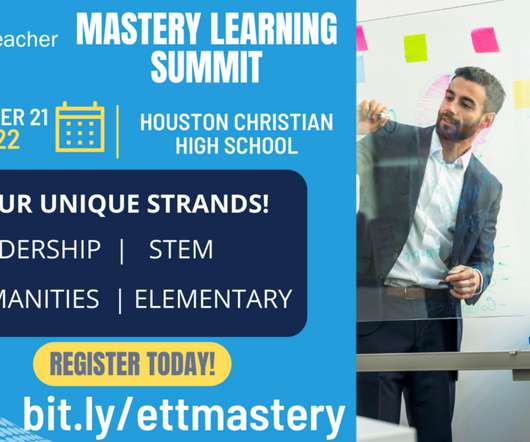
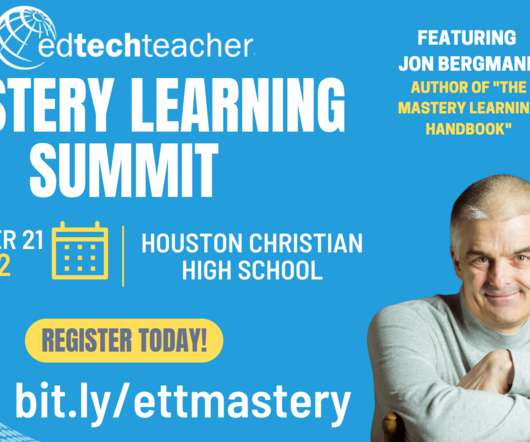
















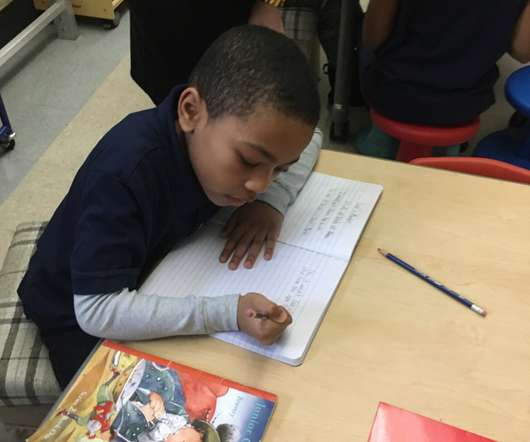



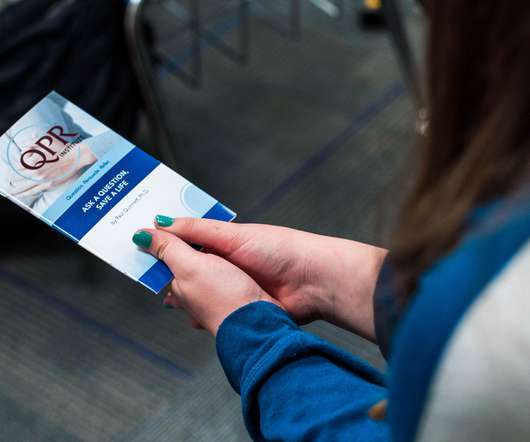









Let's personalize your content